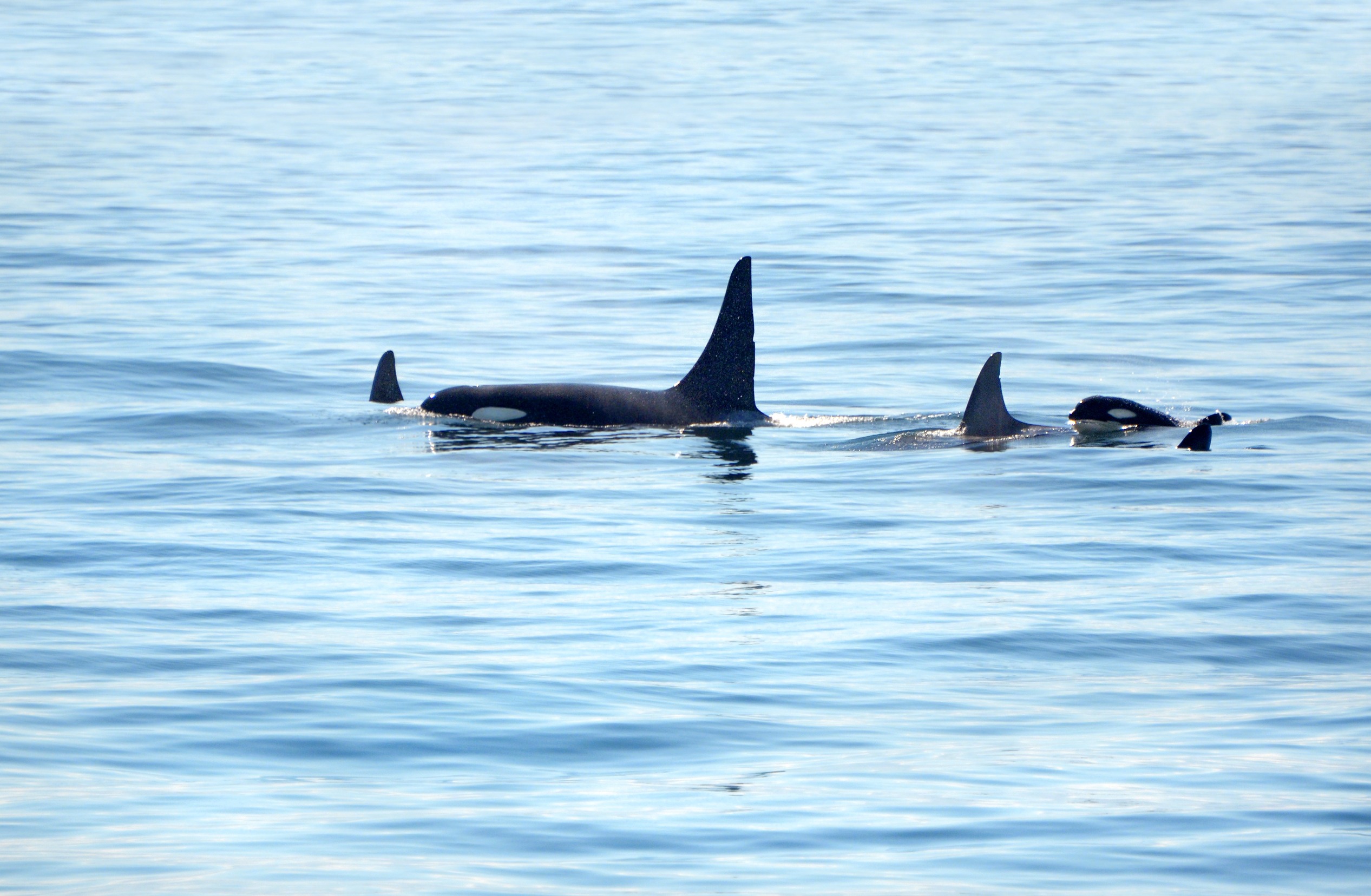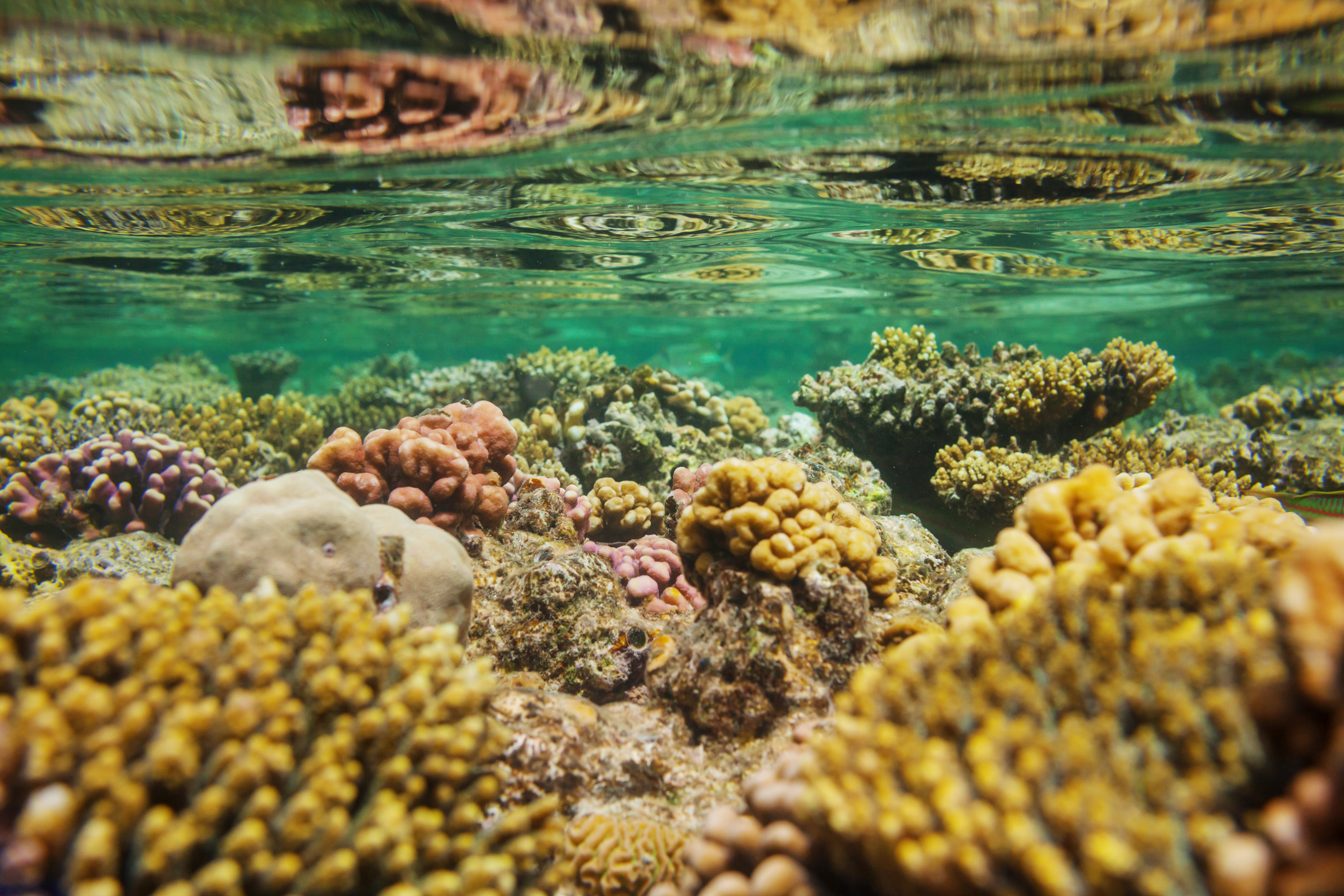Image Credit: birdiegal/Shutterstock.com
In recent years, a surprising phenomenon has emerged in European waters: orcas, particularly young Iberian killer whales, have been ramming and sinking luxury yachts. While this behavior initially raised concerns about aggression and territoriality, new research indicates that these incidents may simply be playful antics.
A collaborative study involving biologists and marine sector representatives analyzed the behavior of approximately 40 endangered Iberian killer whales. Researchers concluded that the orcas’ actions are driven by the curiosity and playfulness of juvenile orcas, rather than hostility. With the recovery of bluefin tuna in the Gulf of Cádiz providing an abundant food source, these young orcas have more free time to engage in playful behaviors.
The study focused on a core group of 15 juvenile orcas, predominantly males, which have been observed colliding with the rudders of boats. This behavior, initially harmless, has become more pronounced as the orcas have grown larger and stronger. Importantly, older orcas have not been seen participating in these interactions, suggesting that this trend is specific to younger individuals.
Orcas are known for their ability to learn and share behaviors within social groups, akin to cultural fads in human society. This playful boat-bumping behavior may be a temporary trend among the younger orcas. However, the rising number of incidents—documented by the Atlantic Orca Working Group, which reported 673 encounters since 2020, including at least four sunken vessels—has raised alarm among boat owners and marine authorities.
In light of these encounters, the Spanish marine rescue service SASEMAR has issued warnings to boat owners to remain close to shore and avoid anchoring in high-risk areas. Experts emphasize that these interactions should not be labeled as attacks but rather as playful engagement. Continued research and monitoring are essential to better understand these behaviors and mitigate potential risks, promoting a safer coexistence between humans and orcas in the region.
Check out the original article here: Source link



